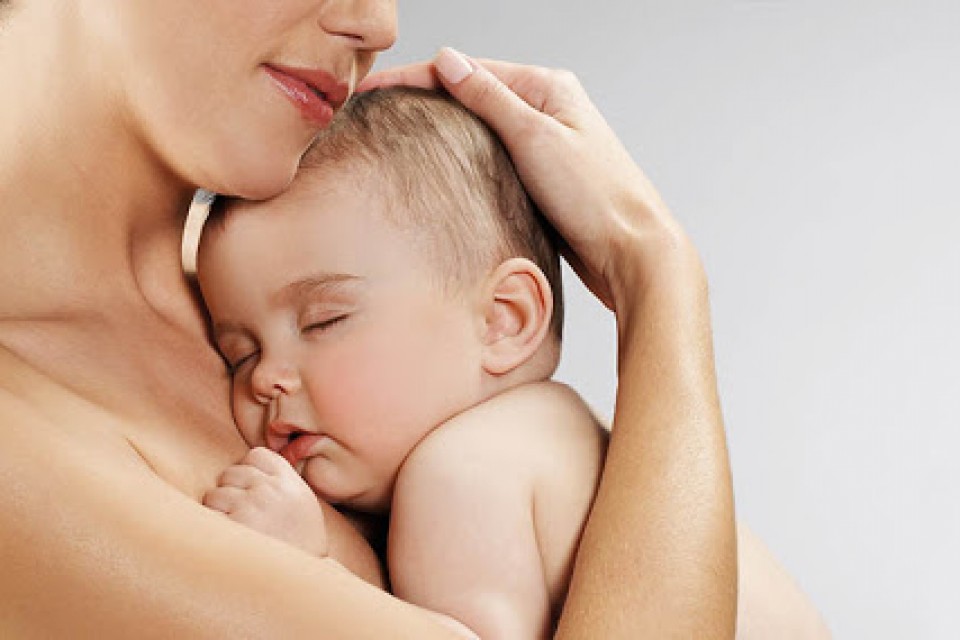The skin is an essential organ for all of us and especially important for the baby, as it receives its first contact with the outside world after birth.
It is essential to realize that your baby's skin has very different characteristics from our skin. It is a drier, thin, immature, unprotected skin and therefore more fragile and more susceptible to contamination and aggressions from the outside.
And why?
When the baby is born, it is covered by a greasy film (the caseous vernix), which provides protection and hydration to the baby's skin, in addition to helping to regulate body temperature. However, this film is naturally eliminated after the newborn's hygiene, losing this protection quickly.
In order to understand why the baby's skin is more fragile and unprotected, it is essential to understand what it is, and the importance of the Hydrolipidic Film (FHL) and the Skin Barrier Function.
FHL is a film that is on the surface of our skin, composed of water and lipids, derived from the secretions of the sebaceous and sweat glands, which allows to keep the skin hydrated, protecting it against dry skin.
The Barrier Function, in turn, is one of the most important functions of the skin, which allows it to defend itself against contamination and external aggressions. This important function of our skin depends on the integrity of the FHL and also on other factors such as the pH of the skin.
In babies and children, unlike adults, due to the immaturity of the sweat and sebaceous glands, sweat secretion is insufficient and sebaceous secretion is absent. It should be noted that sebaceous secretion only occurs in adolescence, through hormonal stimulation, and that the production of sebum and sweat is not yet fully developed.
This fact results in the existence of an impoverished and deficient FHL, and, consequently, a compromised function of the baby's skin that is susceptible to contamination and external aggressions.
These are the reasons why the baby's skin is drier, unprotected and more susceptible to contamination and external aggressions.
Thus, it is essential to pay particular attention to the products you select for your baby's daily care, both for daily hygiene and hydration.
D'AVEIA has a complete line of products specially developed for the daily care of your baby's delicate and sensitive skin!
Discover our D’AVEIA Pediatrics line!
Common questions:
Is the baby's skin the same as the adult's?
The baby's skin has several characteristics that make it a much thinner, fragile, unprotected and exposed skin in relation to the adult's skin.
Why should I use specific products for the baby's skin?
The baby's skin is drier, unprotected skin and more susceptible to contamination and external aggressions.
Thus, it is essential to pay particular attention to the products you select for your baby's daily care, both for daily hygiene and hydration, and they must be specially formulated and suitable for the skin of the baby and child.
What properties should the products applied to the baby's skin have?
The products to be used on the baby's skin must have emollient and moisturizing properties that reinforce the hydrolipid film and the skin barrier function, allow to restore the balance and integrity of the skin and reinforce the defenses against aggressions and external contamination. They should not have aggressive surfactants that can harm the baby's fragile and delicate skin.
Dr Dermoteca
Written by Dr. Ricardo Almeida, Category Manager of Dermatology at Dermoteca
Reviewed by Dr. Cristina Varandas, Pharmacist, CEO & Founder of Dermoteca











